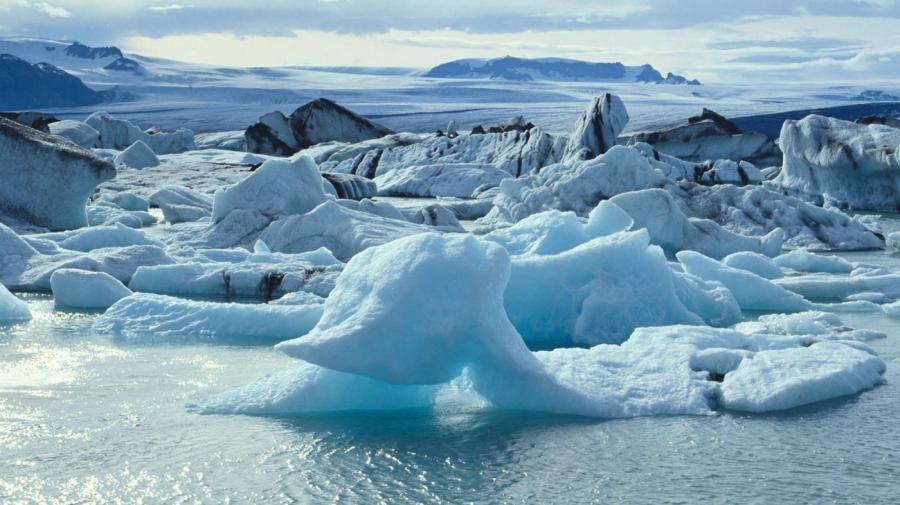What Are the Two Main Types of Glaciers?

The two main types of glaciers are continental glaciers and alpine glaciers. Continental glaciers are also known as ice sheets because their form and flow are not significantly affected by underlying geographic formations. Alpine glaciers form on mountains and flow down mountain valleys.
Continental glaciers cover vast land areas, flowing outward in all directions from a center region. There are only two major continental glaciers on the Earth, located in Greenland and Antarctica. The Greenland ice sheet covers more than 650,000 square miles of land. The Antarctic ice sheet is much larger, covering about 5.4 million square miles of land. About 98 percent of Antarctica is covered by the ice sheet.
Alpine glaciers flow down mountain valleys due to the pressure of their own weight and the forces of gravity. A piedmont glacier is a type of alpine glacier formed where two or more alpine glaciers meet at the base of a valley system. When a piedmont glacier flows down a mountain and into the sea, it is called a tidewater glacier.
Both types of glaciers form through the slow accumulation and compaction of snow into dense glacial ice. As the glacial ice flows downward and outward, it nears the foot of the glacier, where it is lost to evaporation, melting or calving into icebergs. This area of glacial loss is known as the zone of ablation.





